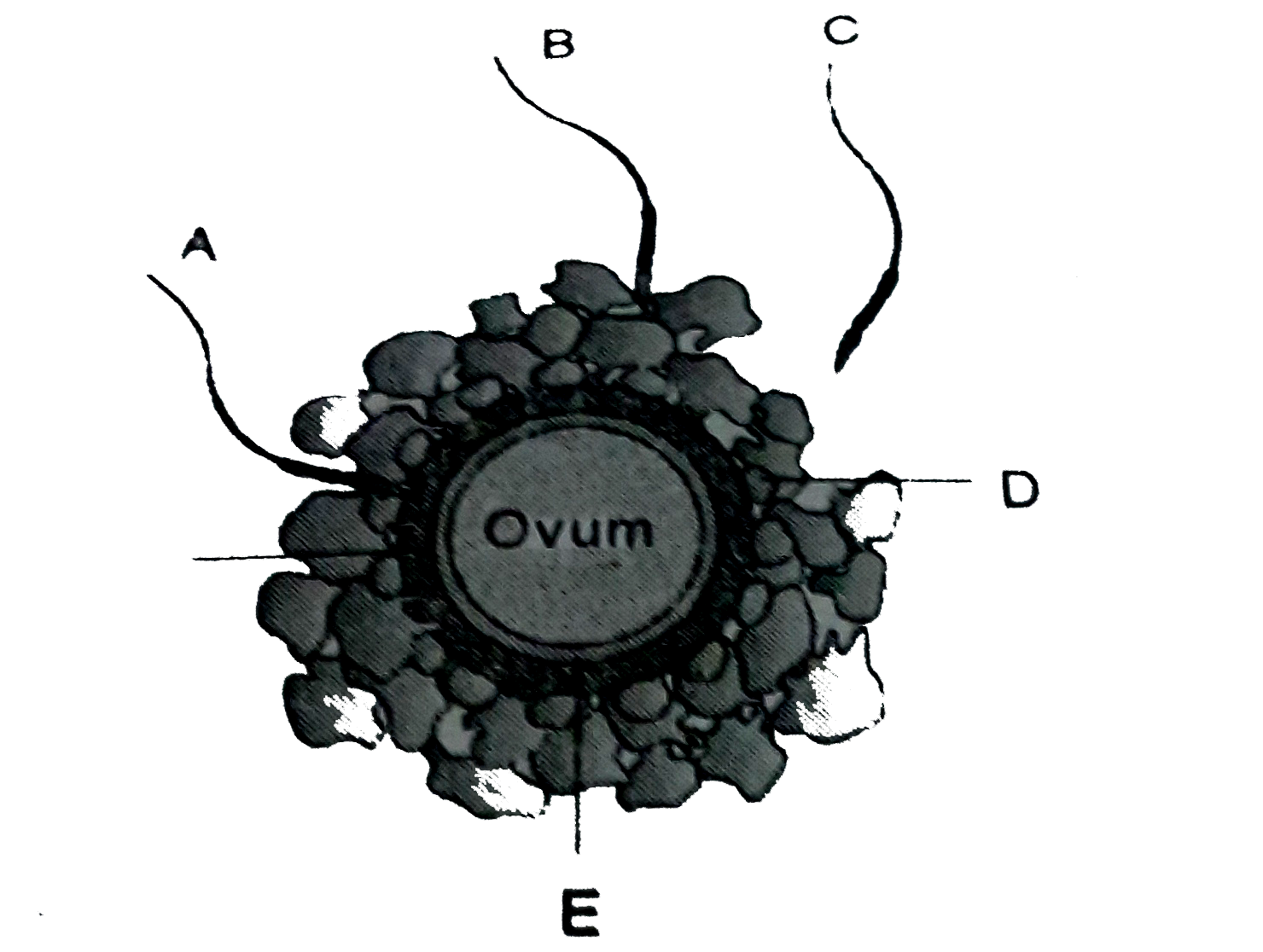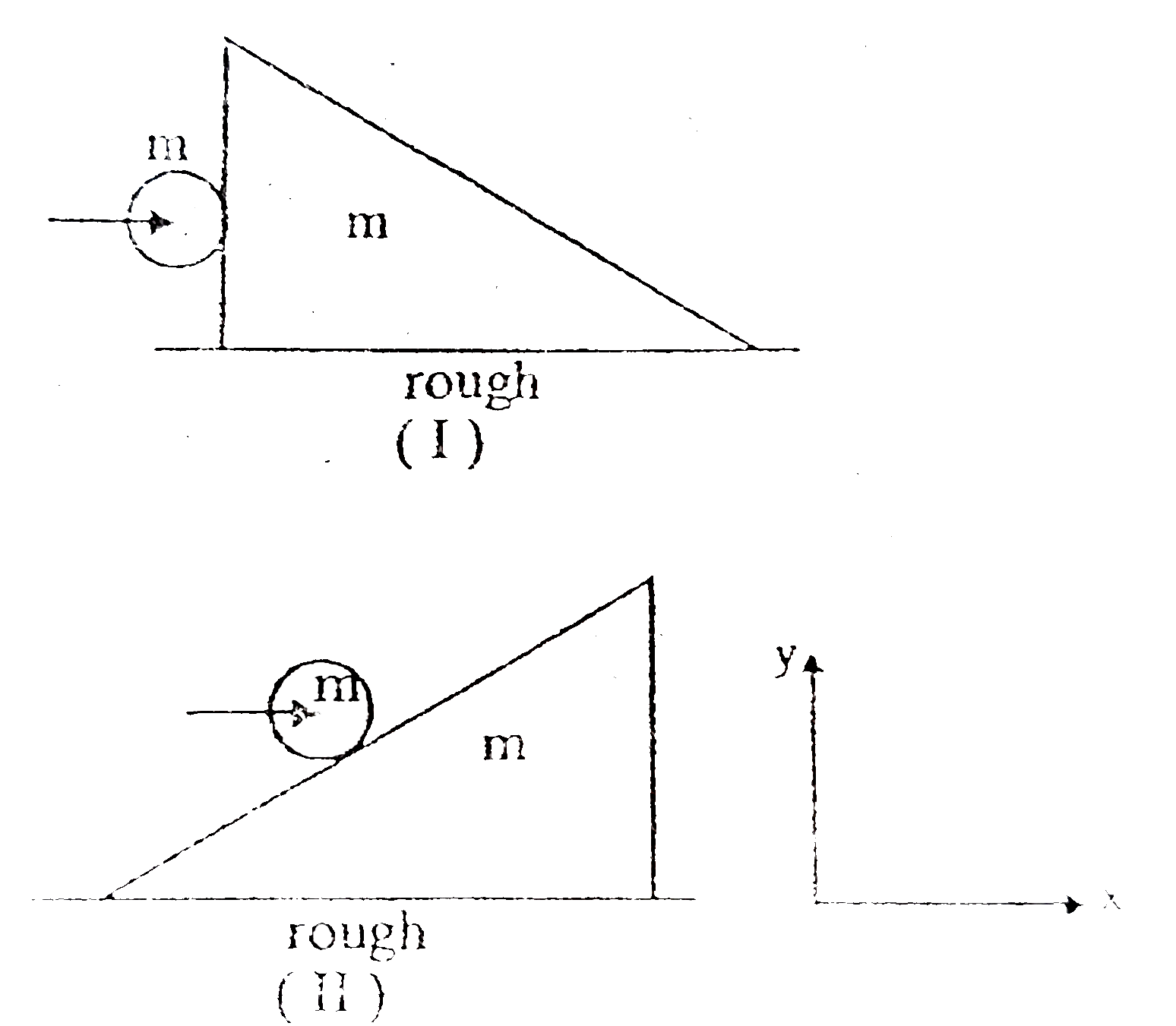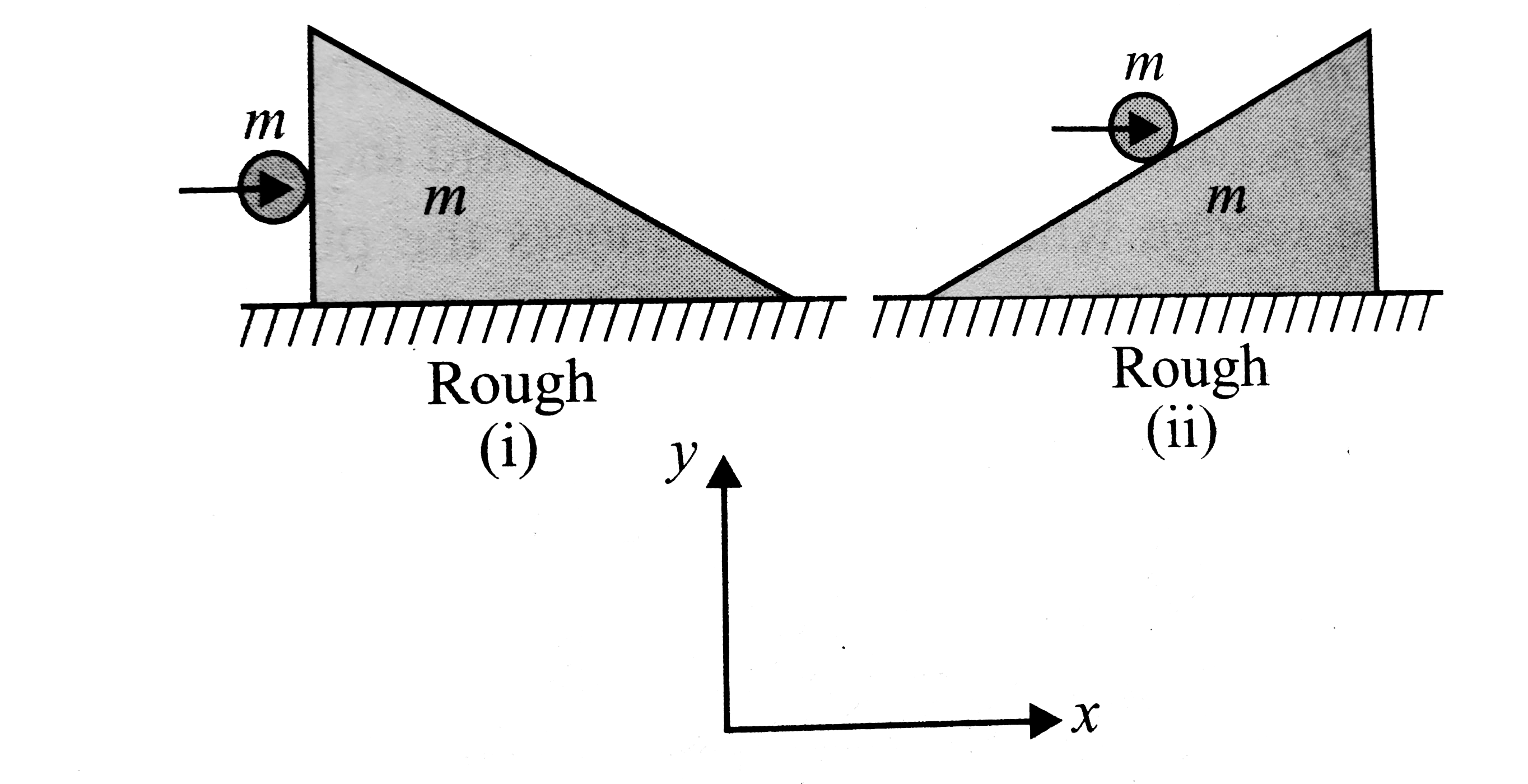A human female experiences two major changes menrache and menopause during her life. Mention the significance of both the events.
Step-by-Step Solution
1. Understanding Menarche:
- Menarche is the first occurrence of menstruation in a female, marking the beginning of her reproductive years. It typically occurs between the ages of 9 and 16.
- Significance:
- It signifies the onset of sexual maturity and indicates that the female body is capable of reproduction.
- It marks the beginning of the menstrual cycle, which is essential for fertility.
2. Understanding Menopause:
- Menopause is the natural cessation of menstruation, typically occurring between the ages of 45 and 55.
- Significance:
- It signifies the end of a female's reproductive years, indicating that the ovaries no longer release eggs.
- It marks the conclusion of the menstrual cycle and the end of fertility, which can have physiological and psychological implications for the individual.
3. Comparing Menarche and Menopause:
- Both events are critical milestones in a female's reproductive life.
- Menarche initiates the ability to conceive, while menopause signifies the end of that ability.
4. Overall Importance:
- Understanding these two events helps in recognizing the biological changes and health considerations that women face throughout their lives.
- They also play a significant role in women's health education and awareness regarding reproductive health.
- Menarche is the first occurrence of menstruation in a female, marking the beginning of her reproductive years. It typically occurs between the ages of 9 and 16.
- Significance:
- It signifies the onset of sexual maturity and indicates that the female body is capable of reproduction.
- It marks the beginning of the menstrual cycle, which is essential for fertility.
- Menopause is the natural cessation of menstruation, typically occurring between the ages of 45 and 55.
- Significance:
- It signifies the end of a female's reproductive years, indicating that the ovaries no longer release eggs.
- It marks the conclusion of the menstrual cycle and the end of fertility, which can have physiological and psychological implications for the individual.
- Both events are critical milestones in a female's reproductive life.
- Menarche initiates the ability to conceive, while menopause signifies the end of that ability.
- Understanding these two events helps in recognizing the biological changes and health considerations that women face throughout their lives.
- They also play a significant role in women's health education and awareness regarding reproductive health.
Topper's Solved these Questions
- HUMAN REPRODUCTION BOOK - NCERT EXEMPLAR ENGLISHCHAPTER - HUMAN REPRODUCTION EXERCISE - LONG ANSWER TYPE QUESTIONS
5 Videos
- HUMAN REPRODUCTION BOOK - NCERT EXEMPLAR ENGLISHCHAPTER - HUMAN REPRODUCTION EXERCISE - VERY SHORT ANSWER TYPE QUESTIONS
15 Videos
- HUMAN HEALTH AND DISEASESBOOK - NCERT EXEMPLAR ENGLISHCHAPTER - HUMAN HEALTH AND DISEASESEXERCISE - All Questions
69 Videos
- MICROBES IN HUMAN WELFARE BOOK - NCERT EXEMPLAR ENGLISHCHAPTER - MICROBES IN HUMAN WELFARE EXERCISE - Long Answer Type Questions
6 Videos
Similar Questions
Knowledge Check
Assertion: Human beings have two sets of teeth during their life.
Reason: Human beings have thecodont dentition.AIf both assertion and reason are true and reason is the correct explantion of assertionBIf both assertion and reason are true but reason is not the correct explnantion of assertion.CIf assertion is true but reason is false.DIf both assertion and reason are false.
The following is the illustration of the sequence of ovarian events (a - i) in human female.

(i) Identify the figure that illustrates ovulation and mention the stage of oogenesis it represents.
(ii) Name the ovarian hormone and the pituitary hormone that have caused the above mentioned event.
(iii) Explain the changes that occur in the uterus simultaneously in anticipation.
(iv) Write the difference between 'c' and 'h'
(v) Draw a labelled sketch of the structure of a human ovum prior to fertilization.
View SolutionGiven below is the diagram of a human ovum surrounded by a few sperms. Study the diagram and answer the following questions :

(a) Which one of the sperms would reach the ovum earlier ?
(b) Identify 'D' and 'E'. Mention the role of 'E'.
(c ) Mention what helps the entry of sperm into the ovum and write the changes occuring in the ovum during the process.
(d) Name the specific region in the female reproductive system where the event represented in the diagram takes place.
View Solution(a) Explain the menstrual phase in a human female. State the levels of ovarian and pituitary hormones during this phase.
(b) Why is follicular phase in the menstrual cycle also referred as proliferative phase ? Explain.
(c) Explain the events that occur in a graffian follicle at the time of ovulation and there after. (d) Draw a graffian follicle and label antrum and secondary oocyte.
View Solution(a) Explain the menstrual phase in a human female. State the levels of ovarian and pituitary hormones during this phase.
(b) Why is follicular phase in the menstrual cycle also referred as proliferative phase ? Explain.
(c) Explain the events that occur in a Graafian follicle at the time of ovulation and thereafter.
(d) Draw a Graafian follicle and label antrum and secondary oocyte.
View SolutionA ball of mass m collides horizontally with a stationary wedge on a rough horizontal surface, in the two orientations as shown. Neglect friction between ball and wedge. Two student comment on system of ball and wedge in thses situations

Saurav : Momentum of system in x−direction will change by significant amout in both cases. Rahul : There are no impulsive external forces ijn y−directions in both cases hence the total momentum of system in y-directions can be treated as conserved in both cases .
View SolutionA ball of mass in collides horizontally with a stationary wedge on a rough horizontal surface, in the two orientations as shown. Neglect friction between the ball and the wedge. The students comment on the system of ball and wedge in these situations
 Saurav: Momentum of the system in x-direction will change by significant amount in both the cases. Rahul: There are no impulsive external forces in x-direction in both cases, hence the total momentum of the system in x-direction can be treated as conserved in both cases.
Saurav: Momentum of the system in x-direction will change by significant amount in both the cases. Rahul: There are no impulsive external forces in x-direction in both cases, hence the total momentum of the system in x-direction can be treated as conserved in both cases.
View SolutionMention the major events during photosynthesis.
View Solution
